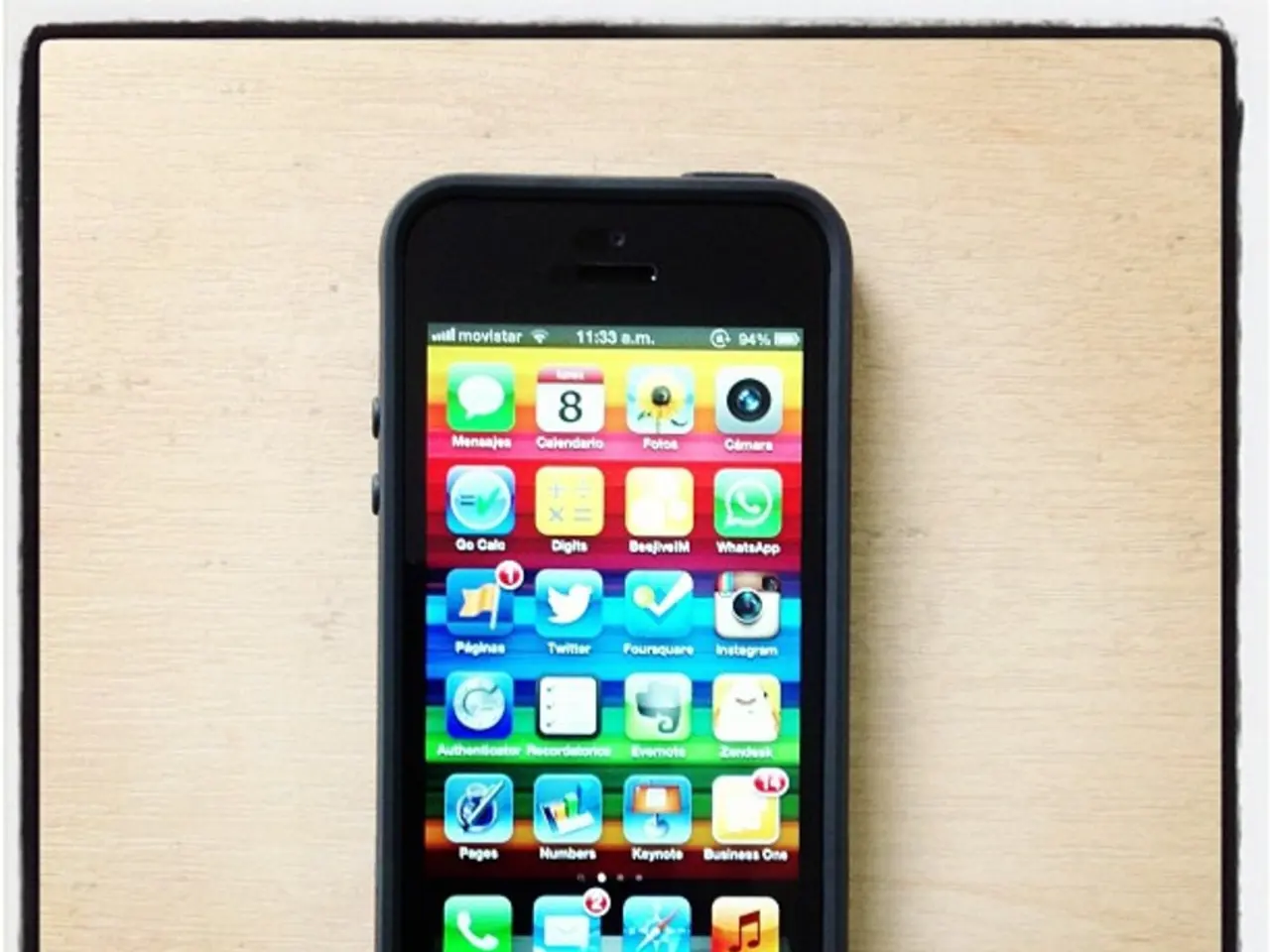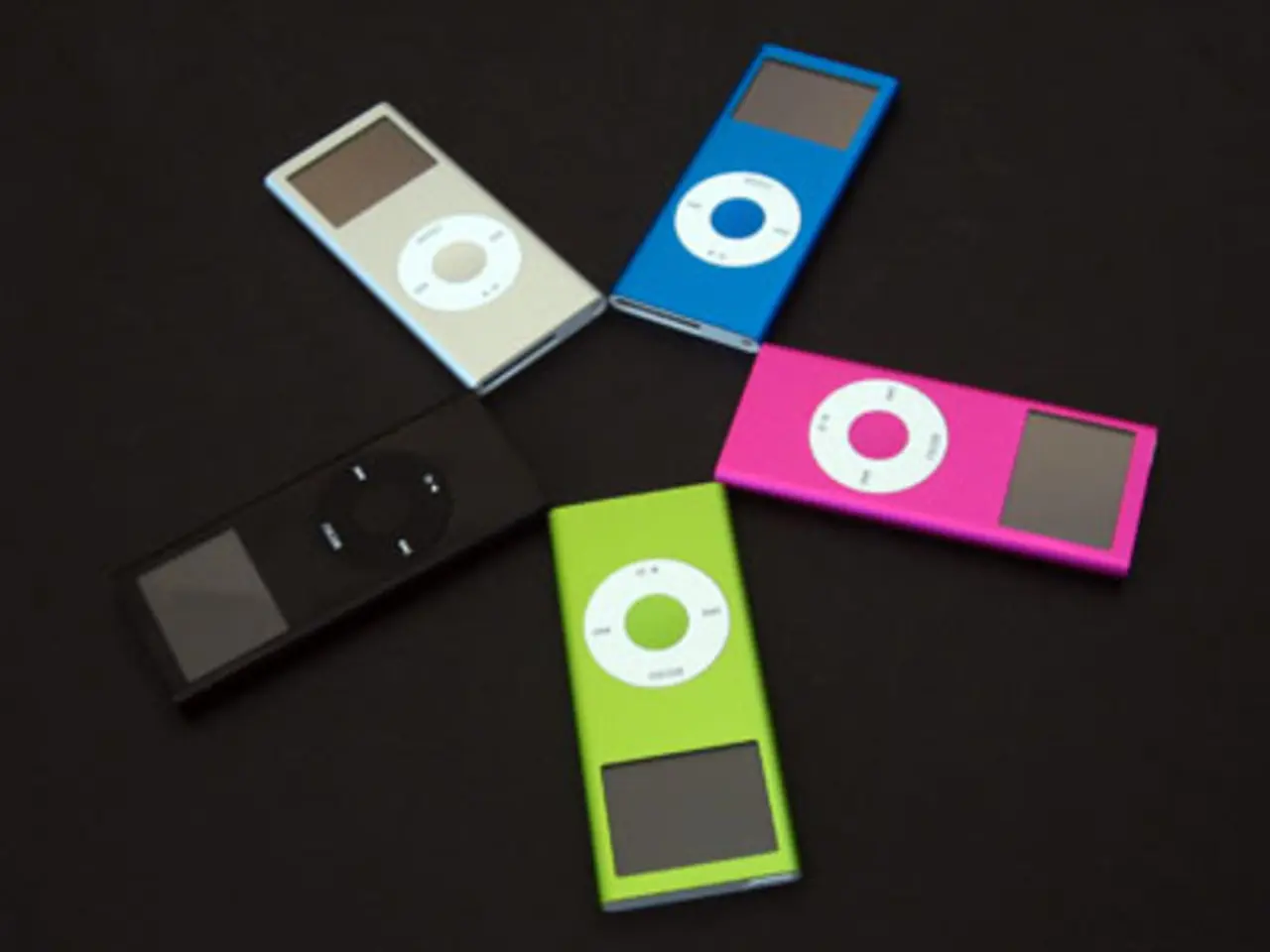Customizable smartphone design breaks traditional phone structure, offering unique user experience.
Streamlined Tech Talk: Your guide to understanding the real deal behind your gizmos and gadgets. Each week, we dive into the nitty-gritty of what makes your devices tick.
Welcome aboard! Despite sounding a bit technical at times, we'll keep it simple so even tech newbies can get a good grip on things. After all, your devices are personal belongings meant to bring joy and convenience.
Though you might not care about the nuts and bolts, it might still be interesting to know what's happening inside the hood of your device.
The evolving concept of modular phones
Originally, the modular phone idea revolved around the notion of user-configurable devices, where you'd decide on factors such as processors, memory, cameras, and so forth[1]. These phones also promised the ability to swap out parts later, similar to custom-built computers. However, this concept never took off, as phones encompass essential components that aren't designed for swapping[1].
These days, when we talk about modular phones, we refer to devices that cater to user-serviceability[1]. You don't need heavy-duty tools to open, replace, or upgrade specific parts—generally, those that tend to break or wear out.
Modern modular phones share similarities with durability-focused devices, such as foldables. However, unlike foldable phones that require expert repair skills, modular phones are designed to be self-serveable[1].
Envision a world in which you can keep using the phone you cherish by simply replacing its components as they wear out, instead of routinely upgrading to the latest model. That's the essence of modular technology[1].
The practical side of modular phones
If you drop your phone and destroy the screen, or if the battery no longer holds a charge, you can simply swap these parts for new ones using tools as basic as a screwdriver and a guitar pick[1]. Phone models like the new Fairphone or the HMD Skyline offer a headstart in this direction[1]. They prioritize repairability without compromising on functionality.
In an era where we're accustomed to replacements, modular phones provide a breath of fresh air by allowing you to maintain the device you love for extended periods[1]. Combined with software support from some manufacturers, you could comfortably use a modular phone for around six to seven years.
The thrill of chasing the latest and greatest tech will never fade, but knowing what to expect and maintaining that quality is a win-win. Not everything needs to be disposable, after all.
Furthermore, easier-to-repair devices result in lower repair costs. If you're one who shies away from handling tools, the term "sustainable" can be synonymous with "modular." Alas, more manufacturers should jump on this bandwagon.
1 - Enrichment Data sourced from Techopedia2 - Enrichment Data sourced from TIME magazine
When discussing modern devices, it's intriguing to consider the concept of modular phones, which put user-serviceability at the forefront. Unlike earlier ideas, these phones focus on allowing users to easily replace specific worn-out parts, similar to tools as basic as a screwdriver and a guitar pick, found in phones like the new Fairphone or the HMD Skyline. With this approach, users can keep cherished devices for extended periods, making them a practical choice for those seeking sustainability.




